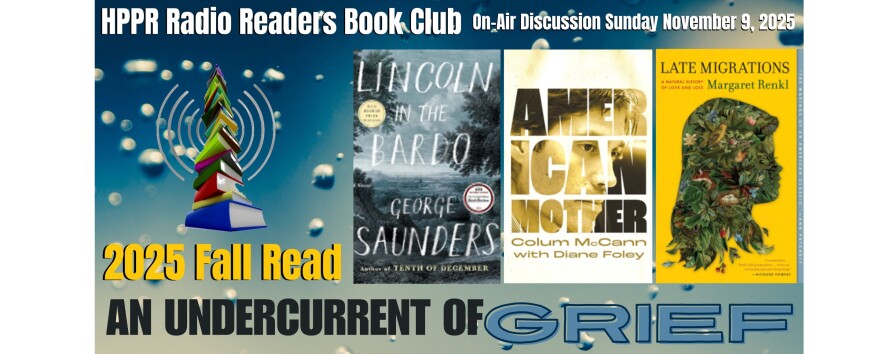On Hindershot’s When the News Broke
by Shane Timson
For High Plains Public Radio Readers Book Club, I'm Shane Timson in Colby, Kansas.
I'm talking about the book When the News Broke by Heather Hindershot. This book talks about the 1968 Democratic Convention in Chicago. You get a front row seat to the violence that is erupting outside of the convention center. You get a front row seat to some of the violence that erupted inside the convention.

You get a front row seat to the network's frustration because there's a phone strike happening, so all the payphones are filled with quarters so they can't use the payphones. It's very difficult to get land lines there, so the networks are having a hard time communicating with the people they need to communicate with. You also hear the frustration of the viewers asking questions like, “Why are you only showing one side?” You show the police attacking the rioters, but you don't show what the rioters did to deserve the attack.”
Also, they asked the question, “Why is it all of this riot footage is being shown at 12:30 at night after the convention is over? Why don't you air this at an earlier time slot when more people are awake to see it?” They felt that the networks were covering up what was going on. Many people felt that the networks were in bed with Mayor Richard Daly.
Even at this point, we see where America's anchor man, Walter Cronkite, the most trusted man in America at the time, even had a moment where he interviews Richard Daly and Daly just walks all over Cronkite. This is according to the book, not my opinion, because I know attacking Walter Cronkite could make people very upset, but according to the author, Cronkite did not look good. Cronkite in this interview kept saying over and over, “You know we're friends. You know we spend a lot of time together.”
When Cronkite says stuff like this, readers feel that he is in bed with Richard Daly. This book shows us how the networks all got some stuff right and got some stuff wrong.
So, the message I take away from this book is to truly understand something you can't just pick one source, which is what we all do with our news. We all have our favorite news source and we say this new source is correct, and all the rest of them. are bad.
You can't do that because not everybody is going to get it right all of the time for several different reasons. So, to really understand it, we have to be willing to look at sources and listen to sources that we may not agree with as good as this book is, this is not the be-all-end-all of what happened at the 1968 Democratic convention. To truly understand it, I'm going to have to read other books on this topic. And I may agree with some of them, and I may disagree.
In fact, I didn't agree with everything that the author said in this book, but I'm very glad that I read this book. I think this book is a good starting place for somebody that wants to start to learn what happened in ‘68. I wasn't alive in ‘68. So, this was kind of my first introduction. I think this is a great book to start with, but we have to be willing to read other books on this topic . Who knows? Down the road we might review some more on the ‘68 Democratic Convention for High Plains Public Radio.
I'm Shane Timson in Colby, Kansas.










